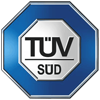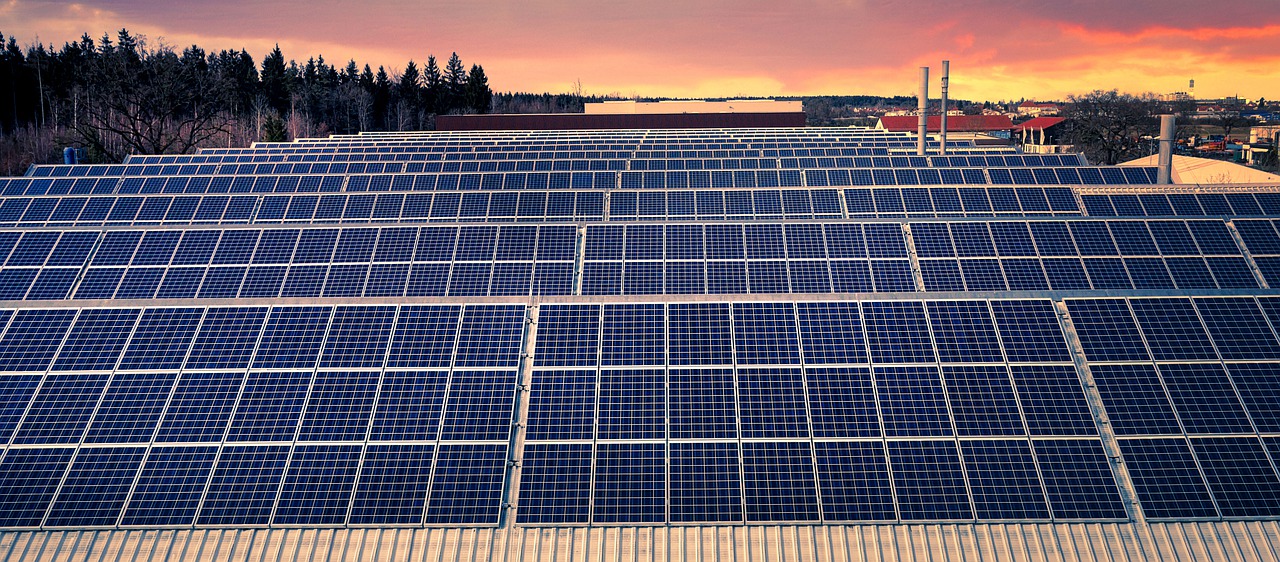
In the context of the major adjustment of the domestic energy structure, the energy industry quickly set off a new round of energy revolution represented by green energy, and the photovoltaic industry, one of the representatives of emerging energy, also took this opportunity to sweep away the previous haze and receives the market’s enthusiasm.
The vigorous development of the industry has also brought new changes to the competitive landscape of the domestic photovoltaic market. For example, affected by the high boom in the photovoltaic industry, the domestic photovoltaic industry’s production capacity continued to explode, which in turn caused the market to have an oversupply and demand contradiction, which in turn led to a rapid decline in the gross profit margin of the photovoltaic industry. In this context, leading companies in the industry have launched joint production to deepen their own moat, and are developing in the direction of vertical integration.
Photovoltaic industry dispel the clouds and see the sun
After several twists and turns, the domestic photovoltaic industry finally ushered in another outbreak in 2020.
In fact, as early as 2011, the domestic photovoltaic industry was experiencing an imbalance between supply and demand in the domestic market due to excessive growth in production capacity, and the industry entered a period of drastic adjustment. After more than two years of adjustments, the contradiction between supply and demand in the photovoltaic market was gradually eased in 2013. Coupled with domestic policy support, the negative impact brought about by the industry’s cyclicality gradually dissipated, and the photovoltaic industry finally dispels the clouds and see the sun at this time. The outlook for the industry is becoming clearer.
According to a research report by Guotai Junan Securities, the total installed capacity of the domestic photovoltaic market bidding subsidy in 2020 has reached 25.97GW, far exceeding the market’s estimated 20GW. As the industry leader, Longi shares, Tongwei shares and many other listed photovoltaic companies, so The stock price has soared, and its popularity in the industry has also continued to rise.
And behind the booming domestic photovoltaic market, it is inseparable from many factors. First of all, in terms of policies, the successive release of relevant documents such as “Household Photovoltaic Project Information” and “Construction Outline of a Powerful Transportation Country” in 2019 have made the domestic photovoltaic industry more perfect in the competition mechanism and subsidy system, which laid the foundation for the healthy development of the industry.
Secondly, under the continuous technological iterative upgrade, the cost of the photovoltaic industry has dropped significantly, which has further promoted the forward development of the industry. As the domestic production equipment of the domestic photovoltaic industry accelerates, the overall investment cost of the industry has begun to drop significantly. In the silicon wafer segment, the investment cost of the domestic pull rod and ingot casting segments in 2019 reached 61,000 yuan/ton and 26,000 yuan/ton respectively, which was a decrease of 6.15% and 7.14% compared with 2018. , The investment cost of the PERC battery production line in the battery sector has also fallen to 300,000 yuan/MW, a year-on-year decrease of 27%.
Under the influence of these two factors, the domestic photovoltaic industry has ushered in a new round of high economic growth. According to data from Zhiyan Consulting, the output value of the photovoltaic industry reached 1105.2 billion yuan in 2019, and it is expected that this data will reach 20684 billion yuan by 2025. The future prospects are still worth looking forward to.
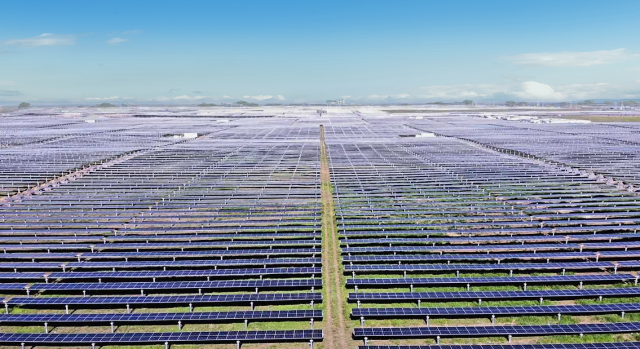
The photovoltaic industry sets off a new wave of vertical integration
While China’s photovoltaic industry is booming, the competitive landscape of the market is also changing. For example, since 2019, the phenomenon of the combination of leading companies in the domestic photovoltaic industry has appeared. As the industry leaders, JinkoSolar, JA Solar Technology and Longi Co., Ltd. have carried out a series of three links in silicon, batteries, and modules. At the same time, Trina Solar, Touri New Energy, and Tianlong Optoelectronics have also joined forces.
There are two main reasons for this phenomenon. On the one hand, the decline in subsidies and the decline in investment by industry units have put increasing pressure on companies, and it is reasonable for companies to cooperate to expand their advantages. In recent years, with the gradual rise of the domestic photovoltaic industry, the original policy subsidies of the photovoltaic industry began to decline year by year.
According to the statistics of the National Energy Information Platform, the benchmark on-grid electricity price for photovoltaics in the three types of resource areas in China has been reduced by more than 60% since 2012, and the subsidies for distributed photovoltaic power generation projects have also been lowered 4 times, which has a significant impact on the gross profit margin of the photovoltaic industry. Big impact. In this case, leading companies such as Longji shares naturally want to reduce costs by implementing a vertical integration model, so as to maximize their cost advantages.
On the other hand, the prospects of the photovoltaic industry are gradually becoming clearer, reducing the risk of cyclical changes in the industry, which also provides the possibility for enterprises to implement a vertical integration model. As the medium and long-term demand of the photovoltaic industry tends to be stable, its cyclical impact on the industry’s profitability is also greatly reduced, which has accelerated the development of industry vertical integration.
After the industry integration model is promoted, the advantages of leading companies in the photovoltaic market have become more obvious. For example, during this year’s epidemic, the leading companies in the domestic photovoltaic industry have obtained a large number of orders by virtue of the cost and channel advantages of the integrated model, while the number of orders received by some small and medium-sized enterprises in the industry has fallen sharply, and some companies have even been forced to suspend production.
It can be seen that this model implemented by leading enterprises is of great benefit to the further consolidation of their dominant position, and this has further strengthened the process of vertical integration of leading enterprises, making the vertical integration model increasingly a new trend in the development of the industry.
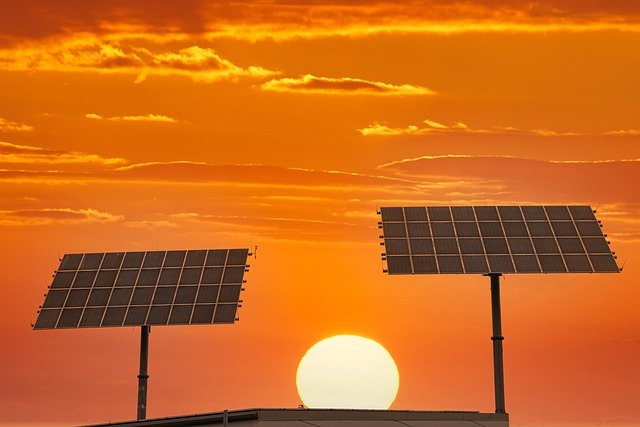
Risk still exists
However, from the perspective of the market as a whole, there are still many defects in the vertical integration model. First of all, the integration model will bring higher risks to enterprises when facing industry technology and market changes.
For example, the new generation of HJT technology in the photovoltaic industry battery sector has shown the potential to replace PERC technology, which means that integrated enterprises need to pay higher costs in investment equipment transformation or abandoned projects.
In addition, the risk of a longer project payback period is also a prominent problem that integrated enterprises need to face in market changes. As the cost curve of the photovoltaic industry tends to flatten, the payback cycle of midstream projects is also getting longer, and this trend is more obvious in the integrated model, making midstream companies face higher liquidity risks in terms of capital recovery.
Secondly, the differences in production efficiency of various enterprises are also a major obstacle to the integration of enterprises. For example, Longi shares and other enterprises that implement vertical integration have a big gap in structure, technology and management. In this case, how to make use of the advantages of various enterprises to improve production efficiency in the vertical integration system is worth pondering.
In addition, each company has its own uniqueness in terms of equipment and marketing channels. Therefore, the company’s production efficiency will inevitably be affected by the distribution of production lines in the early stage of the alliance. If this problem has not been effectively solved or balanced, the low-cost advantage of the integrated model will not only be difficult to realize, it will even cause the problems of high-cost input and low output. It can be seen that the vertical integration model implemented by photovoltaic enterprises still faces many difficulties in practical applications.
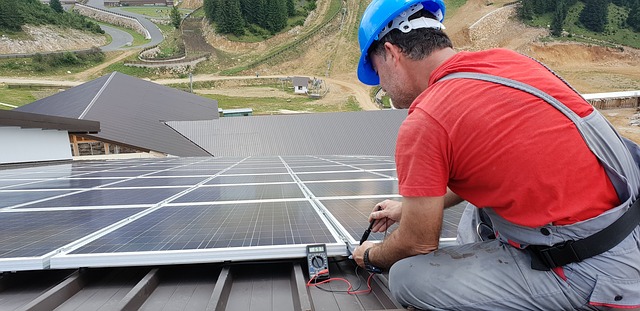
How to maximize strengths and avoid weaknesses?
Affected by these problems, the vertical integration model has also been questioned in the photovoltaic market. So, is vertical integration reasonable?
To answer this question, we still need to combine analysis from many aspects. From the perspective of the market, photovoltaic companies implement the vertical integration model mainly to enhance their own competitiveness. Therefore, how to use the advantages of the integration model is a problem that photovoltaic companies need to think about carefully. In the integrated model, the enterprise has a stronger cost control ability through the combination of production and supply, and its advantages in cost can also fight for more initiative in the market.
For example, in terms of industrial chain resources and marketing channels, such companies can use the resources they have already controlled to obtain higher bargaining power in the market, thereby reducing raw material procurement costs or increasing product prices, and alleviating the pressure of the industry’s decline in gross profit margin. As this advantage becomes more prominent, the existing advantages of enterprises in this model will also be consolidated.
For the problem of production management efficiency in this model, companies need to make production planning, make full use of production line equipment, and improve production efficiency while controlling costs, in order to highlight the cost advantages of the integrated model. The HJT technology, which is still in the early stage of development, although it is difficult to popularize due to cost issues, its high-efficiency advantages and huge development potential still require integrated model companies to respond in advance.
Judging from the current stabilization of the photovoltaic market, the advantages of the integrated model far outweigh the disadvantages of enterprises. But in the long run, the risks of technology iteration in the vertical integration model will still bring more uncertainty to the enterprise.
Therefore, in the long run, the industrial chain and cost advantages brought by the integrated model cannot permanently enhance the core competitiveness of photovoltaic companies in the market. If photovoltaic companies want to develop continuously and healthily, they also need to obtain technology, market and other aspects. Only through breakthroughs can we truly grasp more initiative in the market.
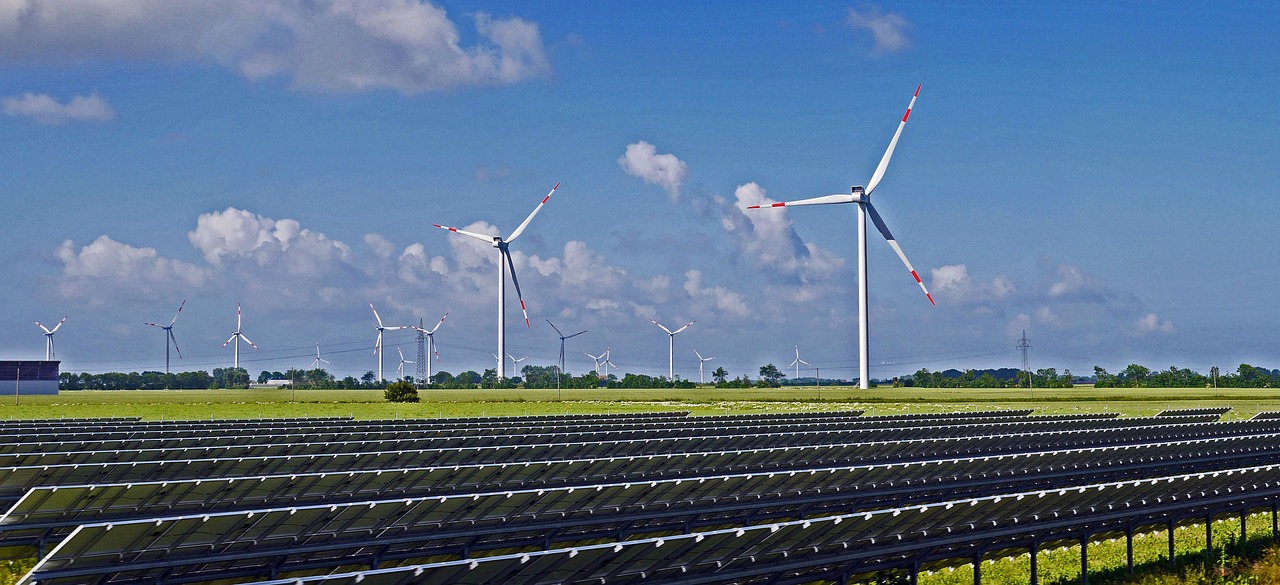



 2021-02-08
2021-02-08



















